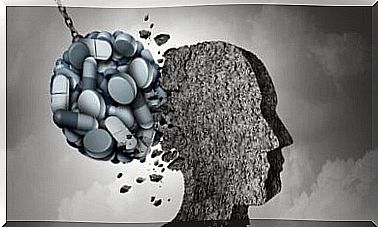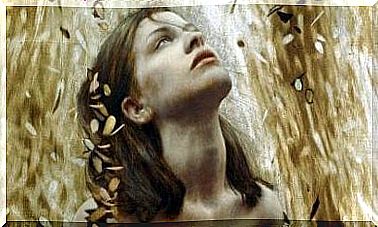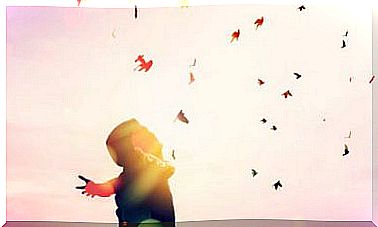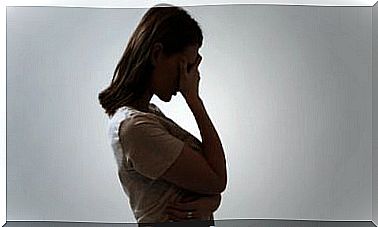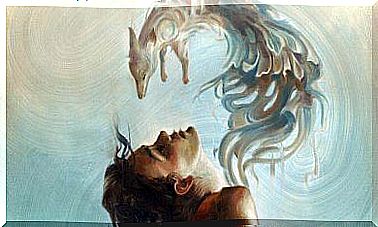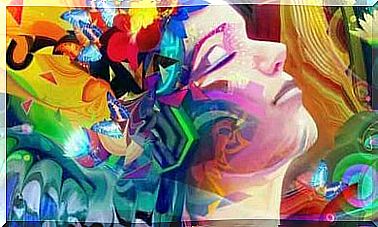Parietal Lobe: Functions, Anatomy And Curiosities
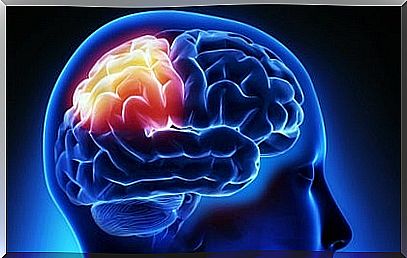
Feel a caress or the intensity of a hug. Dance. Orient ourselves in a new city during a trip. Picking up an object and suddenly remembering a happy moment from our past … These and many other types of processes related to sensations, memories and spatial orientation are governed by that very important area of our brain: the parietal lobe.
Every so often neuroscientists surprise us with new discoveries about one of the five lobes of the brain. Speaking of regions, we could say that one of the most fascinating is that region located just behind the frontal lobe. Its importance lies above all in being the home of most of our perceptual processes.
David Eagleman, one of the most relevant neurologists of today, reminds us in Incognito, one of his books that each of us does not perceive things as they are. We see reality as our brain wants. The parietal lobe is that area of integration through which much of the information from the rest of the brain regions passes, she is the one who organizes, she is the one who at the end of the day allows us to feel and understand the reality that surrounds us.
Let’s see more data below.
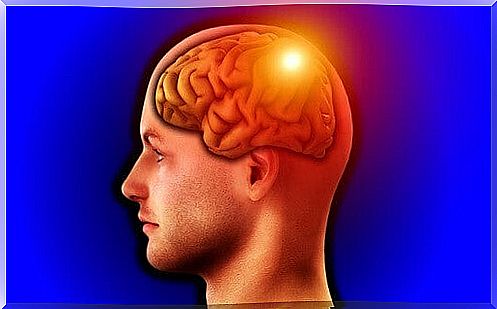
Parietal lobe, where is it located?
The brain is divided into different regions: frontal lobe, parietal, occipital temporal, parietal lobe, and the insula. The parietal lobe is one of the largest and rests near the top, right in the center of the cerebral cortex. In front of it is the frontal lobe and a little lower are the occipital and temporal lobes.
In turn, it is separated from the rest of the regions by the parieto-occipital sulcus (which separates it from the frontal lobe) and by the sylvan fissure, which establishes a limit with the temporal lobe. On the other hand, it is also interesting to remember that each area of our brain is lateralized, that is, they are made up of a right hemisphere and a left hemisphere.
Structures of the parietal lobe
The name of the “parietal” lobe derives from Latin, which means ‘wall’ or ‘wall’. It symbolizes that intermediate structure located in the center of our brain where a symbolic limit is established, a border where infinite information, processes and connections cross.
To better understand the complexity as well as the relevance of this area, let’s see how it is structured below.
- Postcentral gyrus or Brodmann area 3. Here the primary somatosensory area is located, in charge of receiving and processing information from the senses.
- Posterior parietal cortex. This structure is key to process all the stimuli that we see and to coordinate movements in turn.
- Superior parietal lobe. This structure is key to spatial orientation and fine motor skills.
- Lower parietal lobe. This region is one of the most interesting, it is responsible for relating facial expressions with emotions. At the same time it is also essential to carry out mathematical operations and to execute the language or the corporal expression.
- Primary sensory area . In this area of the temporal lobe we process all the information related to the skin: heat, cold, pain …
Functions of the parietal lobe
As we have indicated, the parietal lobe participates in all those sensory and perceptual processes that are so relevant in our day to day life. Often, to give a very illustrative example of what this structure allows us, the following example is usually offered: a person can trace a letter on our skin with their finger and we are able to recognize it.
Something so simple in essence implies an endless number of processes: feeling the touch on our skin, recognizing the movements and associating that sensation and its stroke with a letter of the alphabet. It is something fascinating however, its functions do not end there. Let’s see below what more tasks it allows us:
Sensory functions
Thanks to the parietal lobe we can:
- Recognize stimuli and know for example what they do, what they are like, what memories they bring us, know what it feels like when we touch them, we smell them, we feel them … (for example, when we see a cat we can remember those we had in the past, we know what character they have, what it feels like to caress them, etc.).
- It also allows us to know in what position we are, to recognize if something or someone is touching us, if we experience cold, heat or some type of pain. It also makes it easier for us, for example, to touch or recognize any part of our body without having to look at ourselves in a mirror (something essential, for example, when we get dressed).
Cognitive and analytical processes
Studies such as the one carried out at the Temple University of Psychology, United States, in 2008, reveal one of the latest discoveries: thanks to advances in neuroimaging techniques, it has been seen that the parietal lobe is key in memory to short-term and working as well as episodic memory.
- These types of cognitive processes are essential to retain information in the short term and use it later for other behaviors and complex psychological processes, such as decision-making or mathematical calculation.
- In turn, this brain lobe is essential for thinking in mathematical symbols, analyzing sequences, numbering, etc.
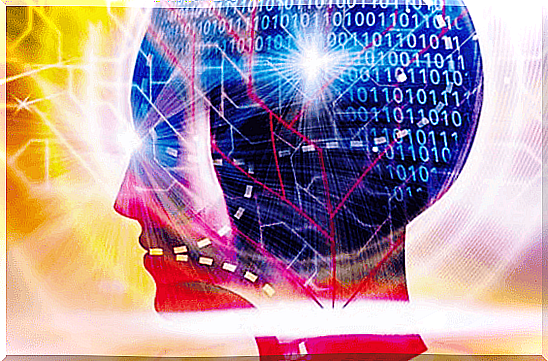
Lesions in the parietal lobe
People with traumatic or organic damage (as a result of a stroke, for example) in the parietal lobes show serious problems when it comes to recognizing their bodies, orienting themselves on a stage, handling or reaching for objects, drawing, and grooming themselves. .. Thus, both apraxias (making movements voluntarily) and agnosias (recognizing objects) are very common.
Aphasias or language problems as well as ataxias (problems with body and even visual coordination) are also very recurrent in this type of pathologies associated with injuries in the temporal lobe. To conclude, we could define the parietal lobe as that home where a large part of our sensory processes are based. Our ability to move and interact with the environment and the people around us depend on this structure.

